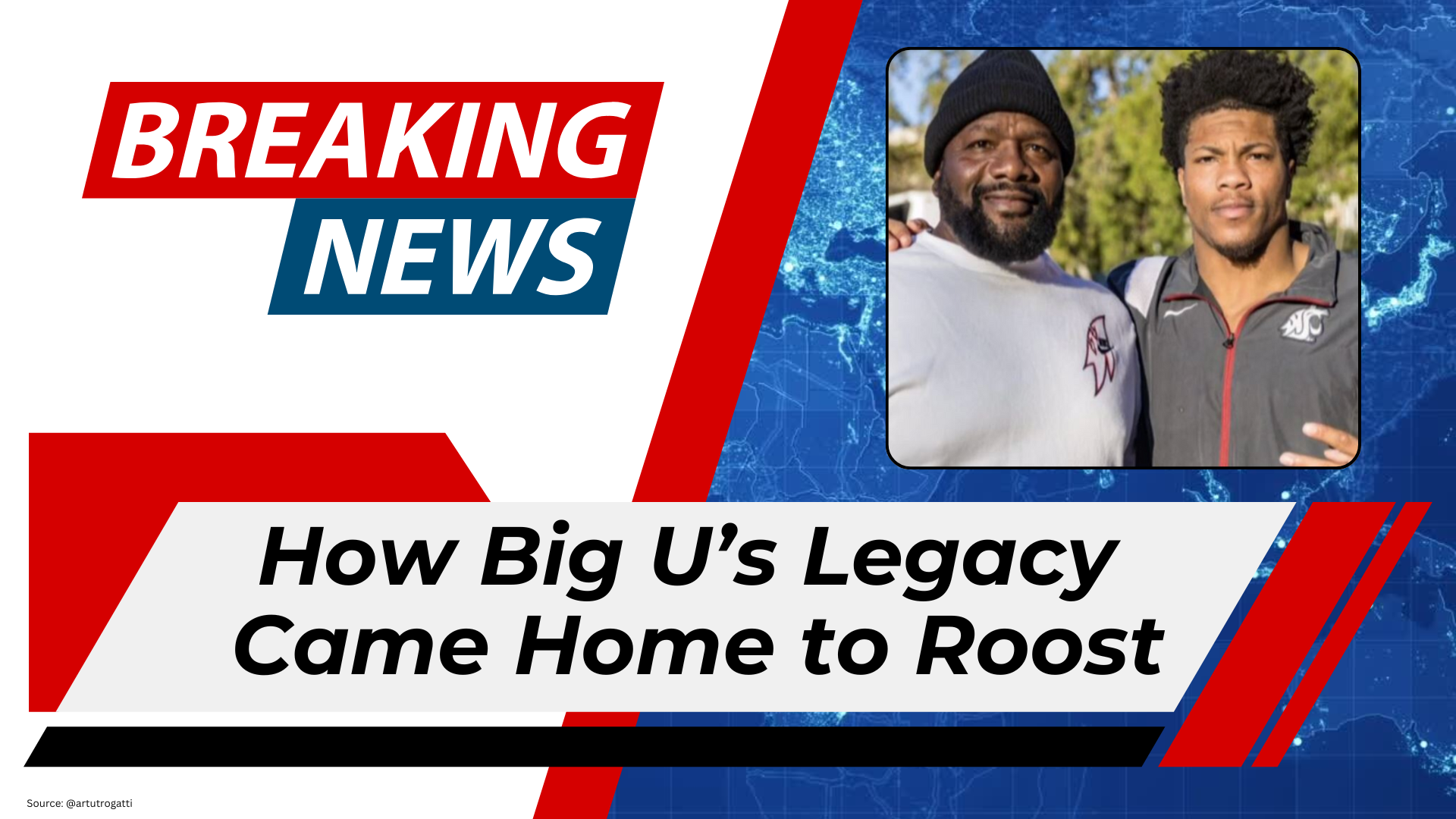Portland Pushes Back: Locals Reject Trump’s Claims of “Anarchy” as Federal Troops Deployed
Portland, Oregon — In Portland, weirdness isn’t just accepted — it’s a point of pride. From eccentric coffee shops to quirky public art, the city has long embraced its reputation as a haven for individuality.
“We do have a lot of weirdos here,” said longtime resident Sarah Siano, smiling as she reflected on the city she’s called home off and on since 2010. “But that’s part of what makes Portland Portland.”
To President Donald Trump, however, the city’s “weirdness” has morphed into something far more sinister. Last week, speaking from the Oval Office, Trump painted Portland as a city under siege, consumed by chaos and “terrorists.” Days later, he announced that 200 members of the Oregon National Guard would be federalized and deployed for 60 days.
“It’s anarchy out there,” Trump declared.
The White House followed his remarks with a forceful statement accusing city leaders of allowing lawlessness to flourish. “The Radical Left’s reign of terror in Portland ends now,” the release read. It promised additional federal resources to “crush violent radical left terrorism,” portraying the city as a place where officers are battered, property is destroyed, and residents live in fear.
Locals Dispute “Anarchy”
Those depictions are strongly disputed by Portlanders themselves, who say the president is exaggerating and attempting to inflame political tensions.
“It kind of feels like somebody’s trying to rage bait you,” Siano said. “They’re just trying to get that negative reaction.”
State and local officials have taken their opposition beyond words. On Sunday, Oregon filed a lawsuit against the Trump administration, calling the Guard deployment both “unlawful” and “baseless.”
“There is no insurrection,” Gov. Tina Kotek said. “There is no threat to national security, and there is no need for military troops in our major city.”
Portland Mayor Keith Wilson echoed that sentiment: “President Trump has directed ‘all necessary Troops’ to Portland, Oregon. The number of necessary troops is zero.”
Protest History and Tensions at ICE Facility
The president’s concerns stem largely from demonstrations outside Portland’s Immigration and Customs Enforcement (ICE) facility. Since early this year, protesters have gathered there regularly, voicing opposition to federal immigration policies.
While clashes have occasionally flared, Portland Police Bureau records show most of the more than 100 calls to the ICE building in 2025 involved “disorder,” “unwanted person,” or other minor disruptions rather than violent crimes.
The most intense week occurred in mid-June, when a protest connected to the national “No Kings” movement escalated. On June 14, several demonstrators were accused of setting fires, and police declared a riot — the only such designation this year. Three people were arrested. Additional minor arrests followed in the days after, including one for DUI. Federal law enforcement eventually cleared the site and temporarily closed the facility.
Since then, activity has largely subsided. Today, the building remains heavily fortified with fencing, boarded-up windows, and graffiti — a physical reminder of past unrest. Yet neighbors insist the surrounding area is far calmer than Trump describes.
“I live within a thousand feet of the ICE facility,” said resident Lashawnda Shavers in an interview with local media. “There are no fires, there’s no lynching, there’s no rioting, there’s no looting, there’s no attacks or assaults.”
Some neighbors have instead voiced frustration with tear gas used by federal agents to disperse protests, which has occasionally spread into residential streets. A nearby charter school even relocated a mile away earlier this month to avoid exposure.
Others say the nightly noise from protesters — even when ICE officers are absent — has disrupted daily life. “For hours they would be out here just disrupting the public who lives here,” resident David Schmidt said.
Echoes of 2020
This is not the first time Trump has inserted federal forces into Portland’s affairs. In 2020, following the murder of George Floyd in Minneapolis, Portland became one of several U.S. cities where large-scale protests lasted for months.
At the height of that summer, more than 700 federal officers were deployed to Portland to protect government buildings, particularly the downtown federal courthouse. Protests frequently turned violent, stretching on for over 100 days and drawing international attention.
A subsequent investigation by the Department of Homeland Security’s Office of Inspector General revealed that dozens of the federal officers lacked proper training in crowd control. Critics argued that their heavy-handed tactics — including the controversial use of tear gas and unmarked vans to detain protesters — only escalated tensions.
Trump repeatedly characterized demonstrators as “anarchists and agitators.” His current portrayal of Portland as a city in flames appears to draw heavily from those five-year-old scenes rather than the quieter reality of 2025.
Last week, he claimed that in Portland, “the few shops that are open, they just use plywood … They don’t put store fronts because they know it’s going to be burned down.” In fact, downtown businesses today are open and operating, and the South Waterfront neighborhood where the ICE facility sits remains an active commercial and residential community.
A City of Contradictions
The gulf between Trump’s description and residents’ lived experience highlights a broader national divide in how Portland is perceived. To some conservatives, the city symbolizes failed progressive governance — too lenient on crime, too tolerant of disorder. To many locals, however, the federal interventions themselves represent the true overreach, undermining the city’s autonomy and inflaming otherwise manageable protests.
Even among residents frustrated by protest noise or property damage, there is little appetite for military presence. Instead, many call for dialogue, investment in communities, and reforms that address the underlying grievances fueling demonstrations.
Looking Ahead
As Oregon awaits a federal judge’s decision on whether to block the National Guard deployment, the standoff between Trump and Portland officials continues. In the meantime, life in the city carries on — not in flames, but in the everyday rhythms of a community proud of its quirks and unwilling to be defined solely by moments of unrest.
For Portlanders like Sarah Siano, the latest clash with Washington is simply another chapter in the city’s long history of resistance and reinvention.
“People here are passionate, and sometimes that looks messy,” she said. “But it’s not anarchy. It’s just Portland being Portland.”




.jpg)
.jpg)


